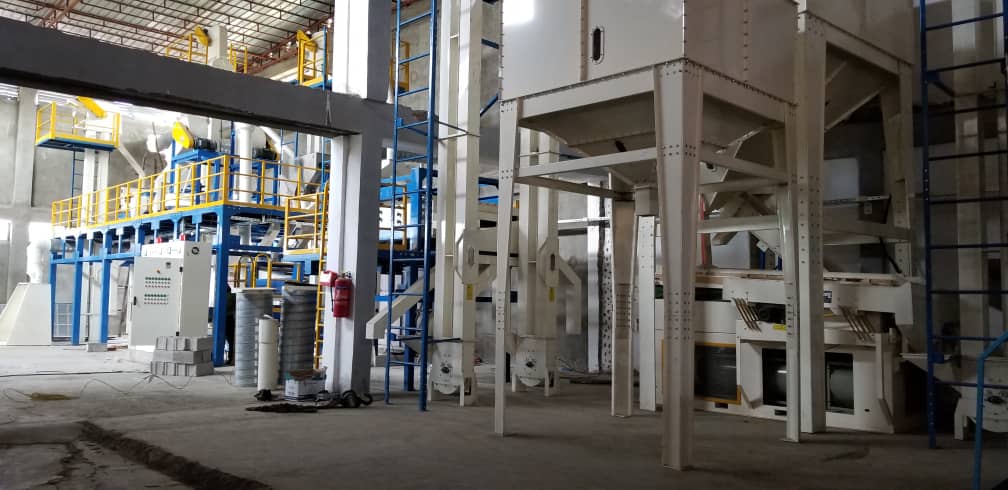Before being taken to the market, the dried coffee beans are processed as follows: Hulling: Hulling parchment coffee involves removing the dried husk; exocarp, mesocarp and endocarp. Polishing: Coffee polishing is an optional step that is skipped by some millers. It involves getting rid of any sliver skin that may have found its way through hulling. Polished beans are considered to be of a higher quality than unpolished ones.
However, in terms of content, there is little difference. Grading: The beans are then sorted and graded based on size and weight. The polished beans are also checked for colour inconsistencies and other flaws with human hands being used to remove any flawed beans. The process is painstaking and can take several hours. A better method is sorting them pneumatically using an air jet to separate the light from the heavy beans. The beans are sized by putting them through a series of screens with holes that only allow a certain size of beans to pass through. The sizing takes place on a scale of one to ten. At the end of the milling process, only the finest beans are packaged for sale to the high-end markets. In some countries the lower quality beans are not discarded; instead they are taken for processing and sold as low-quality coffee.
Post time: May-16-2023


